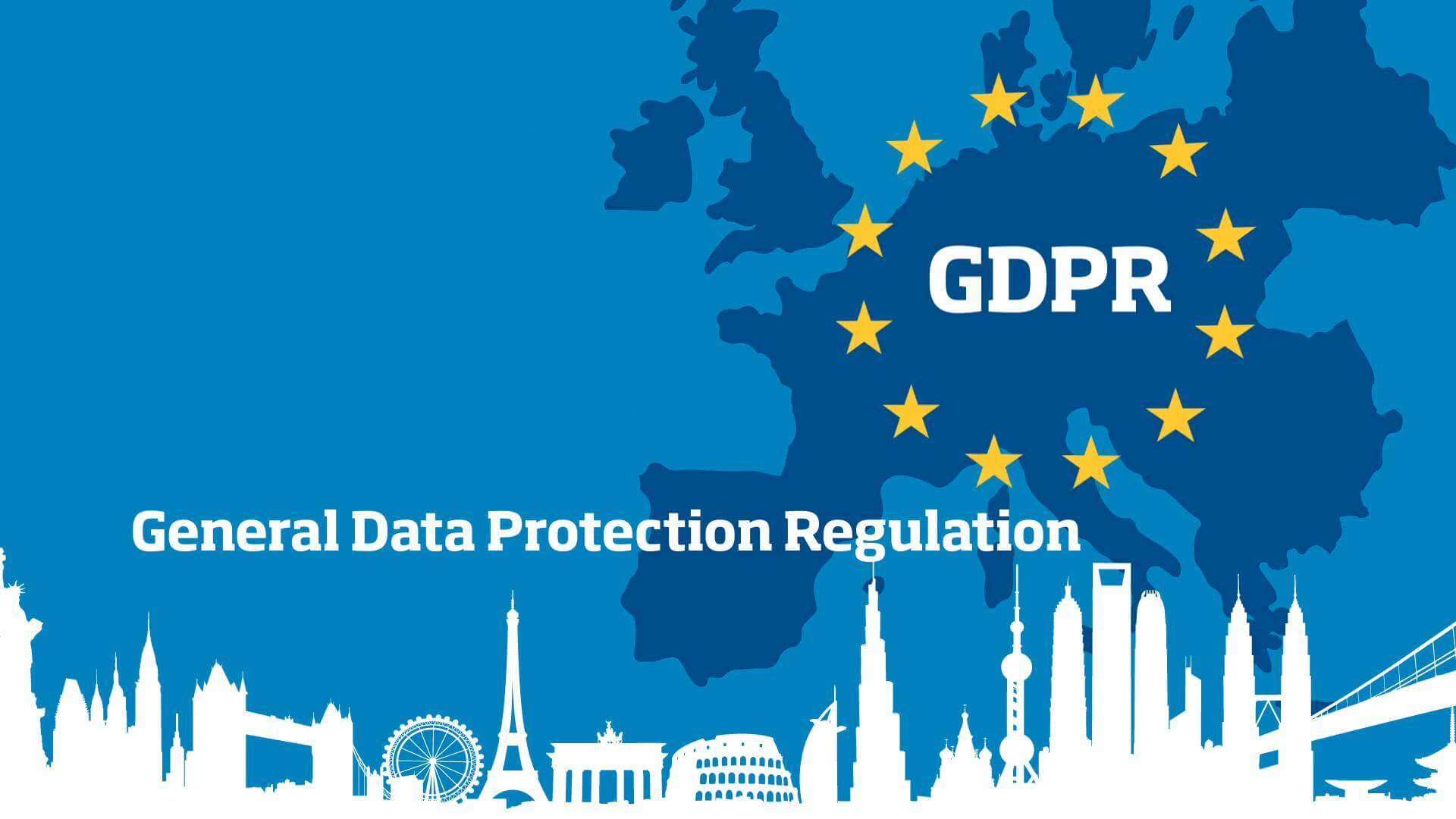Nowadays almost every company that does business either runs online, or it has a website that provides its customers with an interface to interact with the officials directly while sitting at home.
These organizations run the data through their servers, and the most important of this data is the personal information of the customers and employees which makes it vulnerable to security threats like cyber-attacks. This is the reason why cyber essentials scheme came into being in 2014 and general data protection regulations in 2018.
GDPR is a set of rules and regulations, which require every business that deals with personal information in the European Union countries to take some precautionary measures to avoid cyber threats. Fines are to be imposed on enterprises that do not comply with regulations provided by GDPR.
What are the requirements of GDPR?
Here are some key requirements of GDPR:
- Awareness
You must be completely aware of the GDPR and the new laws. You must be mindful of the impact GDPR has on businesses.
- Appoint and train data protection officer
Your company must have a data protection officer. They must be adequately trained to implement the data protection strategy.
- Keep track of your data
You need to track your data so you could know if there has been a data breach. GDPR has made it compulsory for every organization to report data breaches.
How cyber essentials help in getting GDPR certification?
For a firm or any institution to be compliant to GDPR requirements, they must have to fulfill all the conditions that are provided by cyber essentials scheme. This scheme provides you with a specific list of measures to adapt if you want to protect the data flow of your company and be safe from every kind of threats.
The first thing that this scheme requires from you is to set up a secure firewall connection which will ensure the safety of your customers and employees by protecting every device in your territory, whether computers or mobile phones connected directly to your company’s servers, against any kind of harm. This will render the data flow of your company to be non-accessible to any intruder.
Securing all of your devices is the next step to be compliant to the cyber essentials scheme and GDPR. All you need to do is to configure all of your devices to the best setting possible. You can use strong passwords and change the default setting to your requirements.
Controlling user access is an essential step in the controls provided by cyber essentials. This means that limiting what your users can access your system and what they cannot.
The next requirement of cyber essentials scheme is for you to protect your devices from all kind of malware and ransomware. Virus and other types of malware can prove fatal to your devices, and they can erase all the data from your hard drives, duplicate the data and cause other problems. To protect your devices from such harms, you need to install reliable anti-malware applications and make a regular scan for viruses.
On the last step, you need to keep your software and devices up to date. Developers of programs and software that are installed to your computers or other devices keep updating them regularly to meet the requirements of the new requirements. For example for an anti-virus program to remove all the viruses altogether, it needs to have all the latest anti-malware definitions. Similarly, if you have an outdated system, then you will be on a considerable risk of being attacked.

